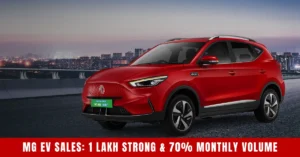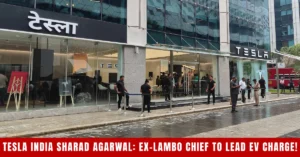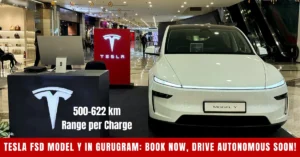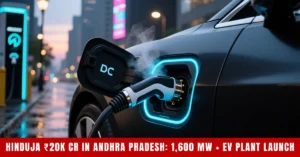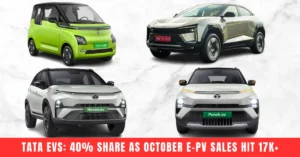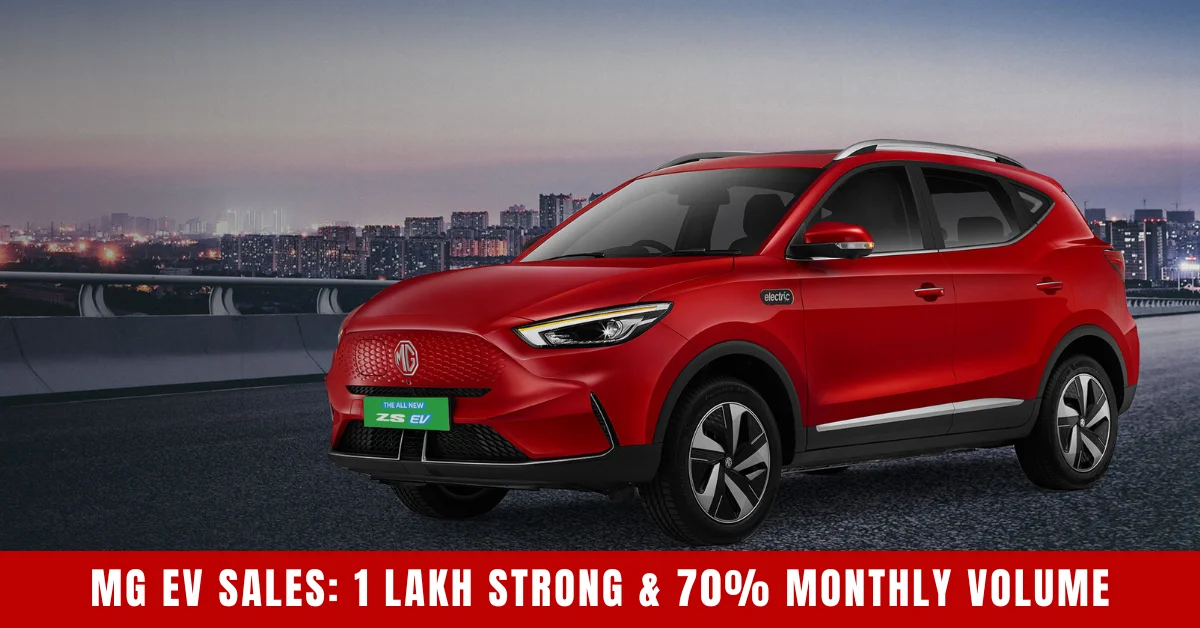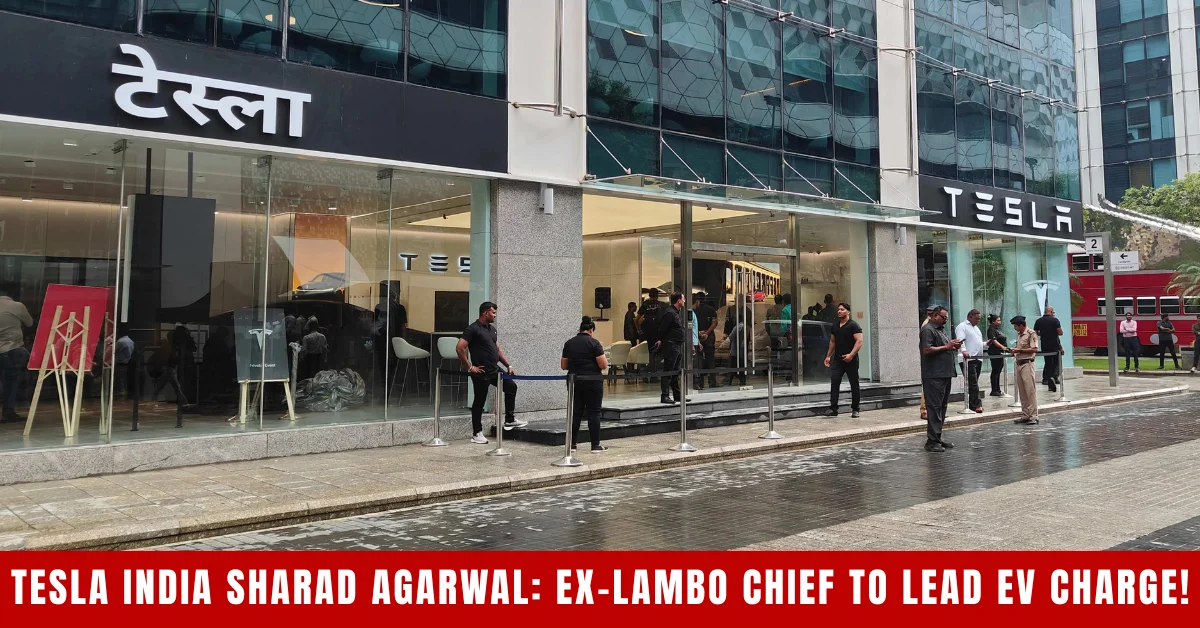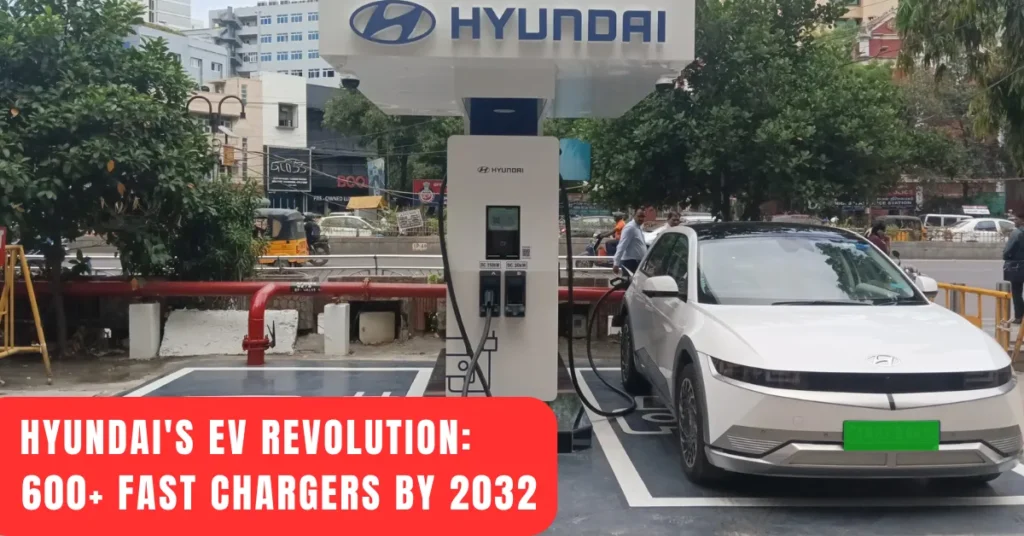
Overview
- Ambitious Network Expansion: Hyundai Motor India plans to deploy over 600 DC fast charging stations by 2032, a five-fold increase from the current 125, targeting highways and major cities to combat range anxiety.
- Current Infrastructure: As of September 2025, Hyundai operates 125 DC chargers (up to 180 kW) across 98 cities and 946 AC chargers (7.4-11 kW) in 232 cities, supporting over 50,000 sessions.
- Smart Home Charging: Introduces 11 kW AC home chargers with remote scheduling and off-peak optimization, fully charging a 42 kWh battery in ~4 hours.
- myHyundai App Integration: Provides access to 22,500+ direct charge points, plus 18,500+ for booking/payment and 17,000+ for in-car payments, unifying third-party networks.
- Battery and Range Focus: EVs to feature dual-battery (42+51.4 kWh for 513 km) and single 72.6 kWh options (559 km MIDC range), tested for Indian conditions.
- Localization Drive: Local battery cell production with IIT collaborations to cut costs (batteries ~35-40% of EV price) and suit extreme climates up to 45°C.
- Broader Strategy: Six EVs by 2030, eight hybrids (16% mix), alongside partnerships like Tamil Nadu MoU for 100 stations by 2027.
Hyundai Motor India Rolls Out 360° EV Ecosystem to Supercharge Adoption
New Delhi, October 15, 2025 – Hyundai Motor India is charting a bold path to electrify the nation with its “Electrifying India – 360° Holistic Approach,” unveiled at an investor day event. The strategy tackles India’s EV hurdles head-on – from sparse charging infrastructure to real-world usability – by committing to over 600 DC fast chargers by 2032, smart home solutions, and localized battery tech. With EV penetration climbing to 6% in August 2025 from 2.4% last year, Hyundai aims to make electric mobility seamless, positioning itself against rivals like Tata and Mahindra.
This ecosystem isn’t just about vehicles; it’s a full-stack solution blending hardware, software, and manufacturing to ease range anxiety – the top deterrent for 70% of potential buyers, per industry surveys. Backed by global Hyundai Motor Company (HMC) expertise, the plan leverages partnerships with ChargeZone, Statiq, and Shell India for rapid rollout.
Building a Robust Charging Backbone
Hyundai’s infrastructure push starts with expansion. From 125 operational DC fast chargers (up to 180 kW) in 98 cities and 946 AC units in 232 cities as of September 30, the company targets 50 new DC stations by year-end across highways, cities, and dealerships. By 2032, this will swell to 600+, creating one of India’s largest automaker-led networks – strategically placed for intercity travel with amenities like cafes and 24/7 surveillance.
A key MoU with Tamil Nadu will add 100 stations by 2027, while configurations like DC 150 kW + 60 kW + 30 kW ensure versatility. To date, these stations have powered 50,000 sessions, dispensing 7.3 lakh kWh to over 10,000 EVs (Hyundai and others), proving their reliability.
Complementing public nets are smart 11 kW AC home chargers, enabling 10-100% top-ups for a 42 kWh battery in four hours. Features like remote start/stop and auto-scheduling align with off-peak tariffs, slashing costs by up to 30% in high-demand areas.
myHyundai App: Your EV Command Center
At the ecosystem’s core is the myHyundai app – a unified platform for discovery, booking, payments, and navigation. It unlocks 22,500 direct-access points, 18,500+ with seamless transactions, and 17,000+ via in-car payments, aggregating fragmented networks into one frictionless experience. No more juggling apps or incompatible protocols; just tap-to-charge.
This digital glue is vital in India’s patchwork charging landscape, where coverage gaps frustrate users. The app’s analytics will also guide Hyundai’s expansions, optimizing placements based on real usage data.
Tackling Range Anxiety with Proven Tech
Hyundai emphasized practical ranges suited to Indian roads. Upcoming EVs will sport a dual-battery setup (42 kWh + 51.4 kWh) for 513 km or a 72.6 kWh single pack for 559 km – all MIDC P1+P2 certified. These figures account for diverse conditions, from urban crawls to 1,000+ km highways, with thermal management enduring -30°C to 60°C extremes.
Drive modes (Eco, Normal, Sport, Snow) and regenerative braking enhance efficiency, while adaptive grille shutters minimize drag. With six EVs planned by 2030 – including the Creta EV in January 2026 – Hyundai eyes 16% hybrid mix via eight models, blending BEVs with plug-ins for broader appeal.
Localization: Cutting Costs, Building Resilience
To make EVs affordable, Hyundai is localizing battery production, collaborating with IITs on chemistries and cooling for India’s heat. Cells, comprising 35-40% of costs, will slash import duties and logistics, with packs already assembled domestically. This “Make in India” alignment creates jobs and supply chain stability, vital as PM E-DRIVE allocates ₹2,000 crore for 72,000 public and 22,000 fast chargers by 2026.
Why Hyundai’s Ecosystem Stands Out
Unlike siloed efforts, Hyundai’s 360° play integrates vehicles, chargers, apps, and manufacturing for end-to-end ownership ease. It mirrors Tata’s Power network but adds home smarts and vast partnerships, yielding data-driven insights for future innovations. In a market projected to hit 10 million annual EV sales by 2030, this holistic edge could propel Hyundai from ICE dominance to EV leadership.
As chargers proliferate and models launch, Hyundai isn’t just selling cars – it’s engineering an EV-ready India, one seamless charge at a time.
Source: www.autocarpro.in
Read more EV Car News
Also Read
- MG EV Sales Cross 1 Lakh Milestone in India: 35% Market Share & 70% Monthly Volume!
- Tesla India Sharad Agarwal: Ex-Lamborghini Head Appointed Country Chief to Revive EV Sales
- Tesla Driverless Model Y in Gurugram: FSD Display at Ambience Mall—Book Now, Deliver in 30 Days!
- BYD EV Cash Burn 2025: $10 Billion Outflow Despite $100 Billion Revenue – What’s Going Wrong?
- Hinduja Group Andhra Investment: Hinduja Group to Invest ₹20,000 Cr for 1,600 MW Power Boost, EV Plant & Charging Network!
- Tata Motors EV Sales October 2025: 40% Market Grip Amid 56% Surge – Kia Zooms to No. 4!
